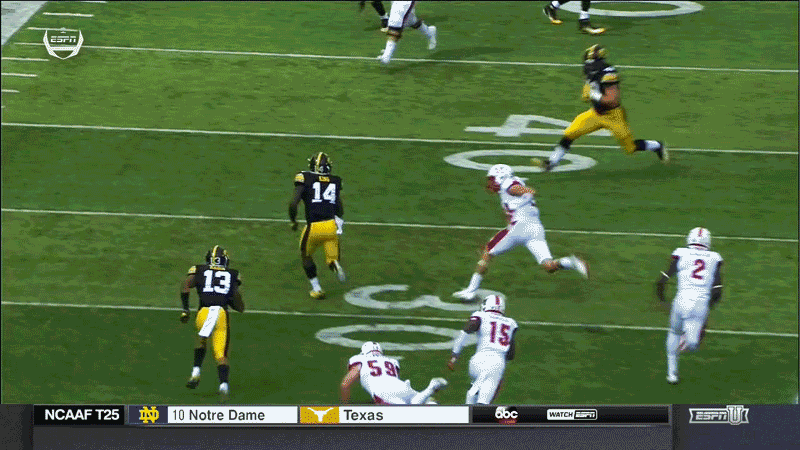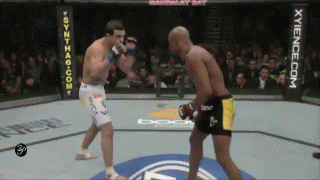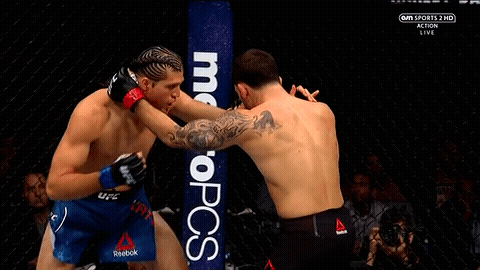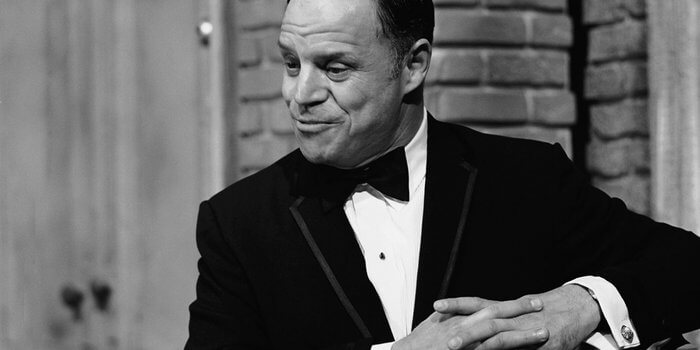Originally published October 2016
I really enjoy watching and studying mixed martial arts. Since UFC 1 in 1993, I have followed the sport and never looked back. Many long-time MMA fans have done the same. Younger fans may have gotten into the sport after the debut of The Ultimate Fighter reality show, or with the rise of fighters like Brock Lesnar, Georges St-Pierre, Ronda Rousey or Conor McGregor.
No matter how they became fans, over the last 23 years, millions of people have grown to become consumers of the sport. MMA has become so popular, in fact that its premier organization, the Ultimate Fighting Championship was just sold for $4.2 billion. Without a lengthy history lesson, it is clear that MMA and the UFC have become hugely successful and lucrative. In 2016, the UFC is on pace to have its most profitable year ever and with a new television deal on the horizon the potential for greater growth seems quite likely.
Even with this rosy forecast for the next several years, there is a major issue that many don’t speak of. It’s a concern that could lead to the eventual extinction of MMA and all high impact sports.
That concern is head trauma.
Whether it’s MMA, football, hockey, boxing, kickboxing or even fixed pro wrestling, brain injuries are a growing problem for all high impact sports. Simply put, the human brain was not designed to take repeated, sustained trauma. With more and more medical studies being done, and our understanding of how the brain works improving, it seems reasonable (and likely) that all of these athletic endeavors have a negative impact on our long term cognitive abilities.
The science is not perfect yet and it appears some of us respond to blows to the head differently. In many cases, a simple concussion can cause vomiting, headaches, and dizziness for months. While in other instances, some athletes can take a brutal shot to the head, dust themselves off, and get right back into the game. Indeed, everyone is different. Some people can smoke their whole lives and not get lung cancer. And some people can compete in combat sports for decades and not suffer from serious neurological side effects. Despite there being outliers and exceptions to every rule, we all know that smoking and head trauma are not good for our long term health.

Just last week, it was revealed that Jordan Parsons, a 25 year old pro MMA fighter, was living with chronic traumatic encephalopathy, or CTE. Parsons story is a tragic one. On May 3, in the prime of his career, he was struck and killed by a drunk driver as he crossed a street in Delray Beach, Florida. After his death, his brain was studied by Dr. Julia K. Kofler, a neuropathologist at the University of Pittsburgh Medical Center Presbyterian. Her results showed that Parsons had CTE, a progressive degenerative disease which afflicts the brain of people who have suffered repeated concussions and traumatic brain injuries. The brain of an individual who suffers from CTE gradually deteriorates and will over time end up losing mass. CTE is a scary thing to think about. It can literally cause depression, anxiety, memory loss, motor impairment, and ruin the last decades of a person’s life.
Kofler’s findings were troubling and gained further support by famed neuropathologist, Dr. Bennett Omalu. Parson’s results revealed that younger athletes in combat sports can develop CTE. Parsons was only twenty-five years old, with 13 pro fights and 1 knockout loss. This wasn’t a 50 year old guy, with decades of beatings on his resume. His brain should have been in pretty good shape, but was in actuality far from it.

And it only makes sense. Our brains are protected by our skulls to keep them safe. Banging around our most precious organ on a regular basis seems profoundly dangerous. At the moment, with MMA only being 23 years old and the science behind CTE still relatively new, it’s difficult to say how many athletes may be suffering from the disease at the moment. CTE can only be diagnosed after an athlete has passed away via an autopsy.
Dr. Omalu discovered CTE in 2002 and found cases of CTE in numerous deceased professional football players. Most of these players suffered from depression, mood disorders, and suicidal thoughts. In some cases, players in their mid-40’s, where living with brains that resembled those of people twice their age, with Alzheimer’s. Initially, the NFL refused to acknowledge the CTE issue. After the mainstream media and former NFL players refused to be ignored, the NFL eventually accepted Omalu’s findings. In 2013, the NFL begrudgingly settled a concussion lawsuit with 5,000 former players. The settlement essentially confirmed that CTE and head trauma were caused by participating in high impact sports.
So, this leaves fans and athletes of MMA, football, boxing, hockey, etc in a strange predicament. Millions of people enjoy watching and partaking in these sports. They have grown into multi-billion dollar industries. Yet, there is an elephant in the room.
Jordan Parsons was 25 and was knocked out once in his career. He showed no ill effects from his years of sparring and training, yet his brain had been significantly compromised. This is frightening and likely much more common than we would like to admit. We just don’t know. Yet.

With more time, the science behind CTE will become clearer. More brains will be studied, more cases will be observed, and the public will become more aware of the dangers. Just like smoking.
Every weekend, we mindlessly watch as people put their brains on the line. Hits, punches, and kicks to the head happen in training, practice, and in the actual games themselves. These blows can cause irreparable harm and as the science improves public sentiment towards these sports will change. It could take 25, 50, or 100 years, but eventually we will all come to the conclusion that rattling our brains around in our skulls for weekend entertainment is just plain wrong and shortsighted. These sports will either look much different or fail to exist at all.
The UFC may be more profitable than ever before and have a great decade to look forward to, but the bubble is going to burst. It’s only a matter of time.








Essays like this are so important to bridneaong people’s horizons.